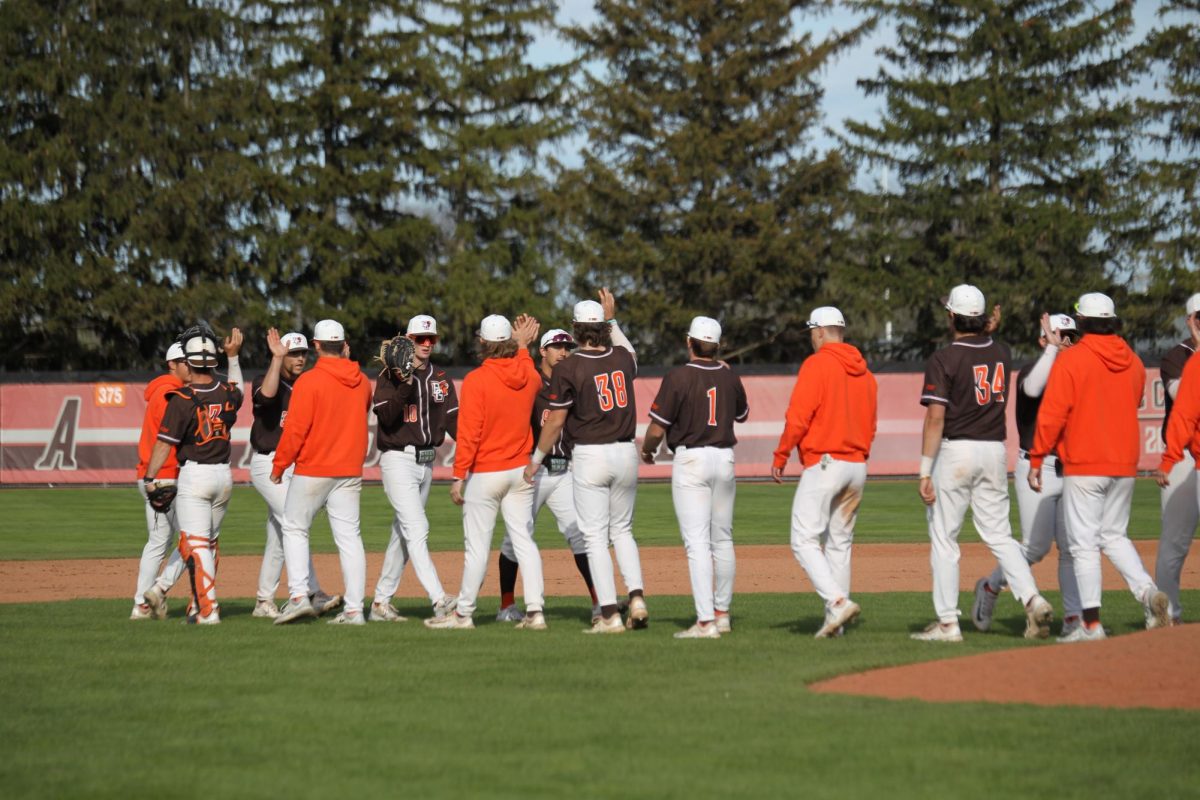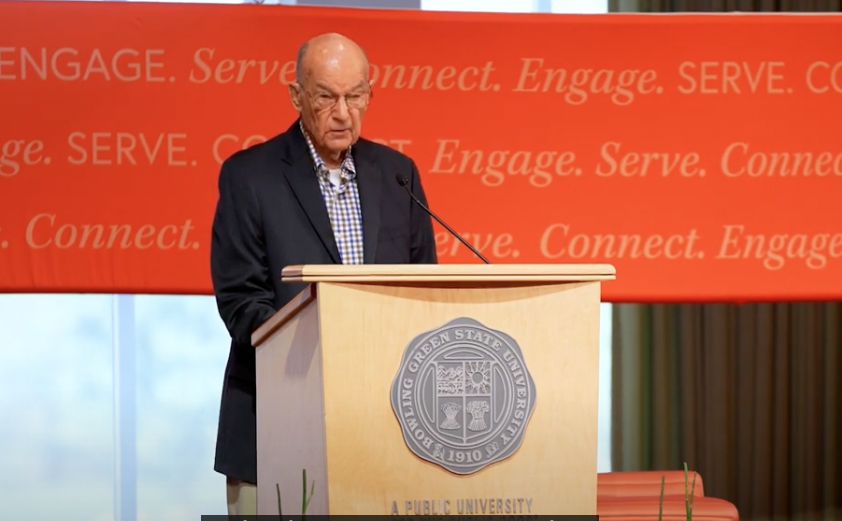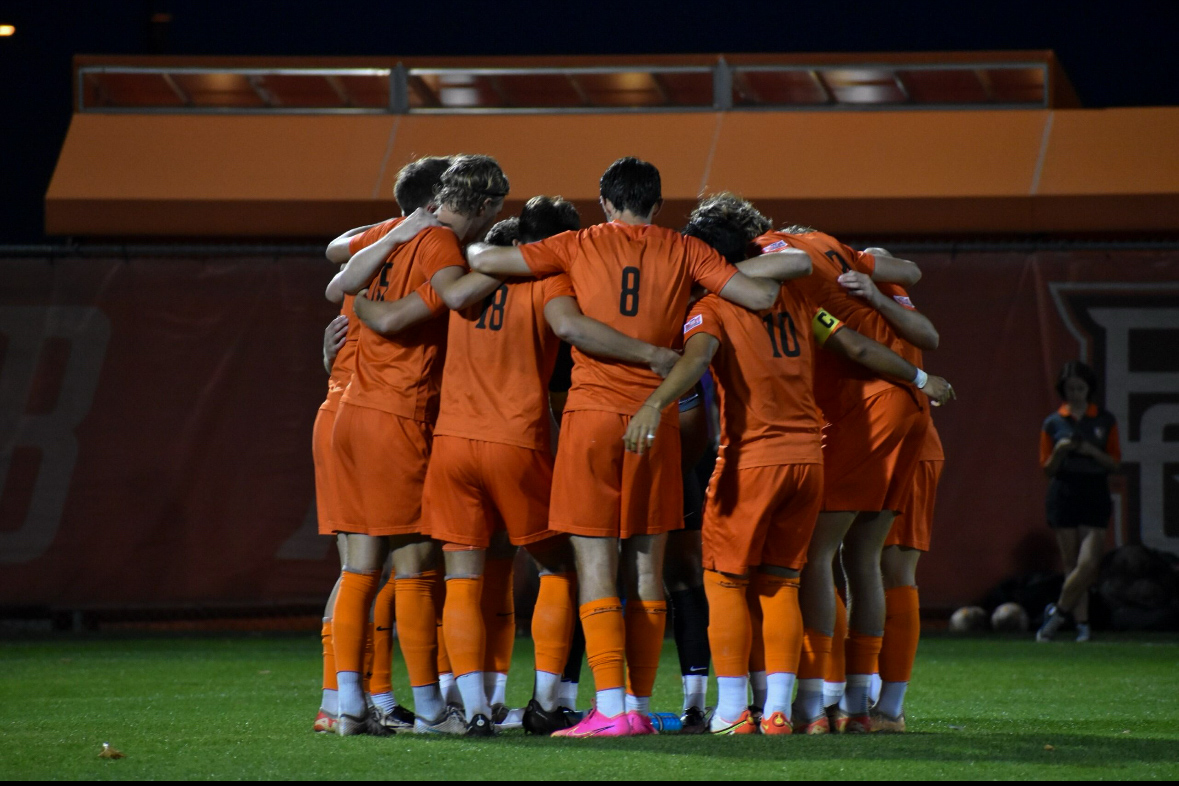Remember back in high school, when you complained to your math teacher that you were never going to be able to use algebra in real life? Well, you were right.
No one would ever walk into McDonald’s and go, “Hi, I need X + 2 hamburgers, where “X” is the coefficient squared of the derivative of the total capacity of my stomach acid to dissolve large globules of fat.”
Likewise, you were correct in third grade when you suspected no practical uses existed for addition, subtraction and paper mache Earth replicas. I have no idea how many times I’ve had to subtract in the past 24 hours, but my first “educated” guess would probably be negative seven, give or take a few decimal places.
But math teachers always strike back by pointing desperately to the field of statistics, which the dictionary defines as “extremely boring and not altogether pointless, but close.” Coincidentally this is the same definition the dictionary has for the words “spleen,” “nose hair” and “Dick Cheney.”
Seriously though, statistics is often upheld as the most exciting and applicable part of mathematics, although it is really more like the red-headed stepchild everyone ignores at Thanksgiving.
I know this because I am several months into an applied statistics course, and so far there have been a lot of “statistics” without a lot of “application.”
Sure, the word problems deal with major real-world issues like the probability of Inspector Gadget picking out the same color shoes in the morning before he goes off to fight the agents of M.A.D., but I just get the feeling something’s missing.
Also, sometimes the homework questions just don’t make sense, like this one: “Suppose Panera wants to order enough bagels so that about 2.5 percent of their customers’ orders cannot be filled. How many bagels should Panera order?”
Maybe I’m crazy, but aren’t retail stores generally supposed to try and sell as much as possible? Now, as the sole art student in a class packed with business students, perhaps I don’t quite grasp the finer points of business administration, but I’d like to think I know a little about economics.
For example: The probability of me growing up to be a starving artist – while everyone else in my class gets rich as hell – is extremely high. And I don’t even need to use a mound-shaped distribution to know that.
I don’t mean to give statistics a bad rap; sometimes it can be very applicable, especially when combined with other useful parts of mathematics that you loved to hate in grade school. Take this word problem, for instance:
A train leaves Seattle at 10 a.m. heading east for Chicago. Assuming the train travels at a constant speed and does not fly for more than five minutes at a time, what is the probability the Indians will choke and lose eight of their last nine games?
But statistics can be used for much more than baseball, and sometimes they can be a bit twisted; chances are you’ve seen the “Strength in Numbers” poster around campus, which was created by the Wellness Connection to try and convince people that it’s hip to be square (or in this case, sober).
Let’s take a look at some of the published statistics in a fun little game I like to call, “What’s It Really Mean?”:
Statistic 1: Seventy percent of BGSU students who drink choose a designated driver.
Translation: “Only” 30 percent of the student population drinks and drives. Whew. For a second there I was worried.
Statistic 2: 57 percent of BGSU students DO NOT drink to the point where they do something they later regret.
Translation: That only leaves, what, 43 percent? Again, awesome. I was afraid it would be a large number or something.
Statistic 3: 86 percent of BGSU students don’t let drinking get in the way of their studies.
Translation: What they don’t tell you is that 86 percent of BGSU students don’t study at all – so really, it’s more like they don’t let their studies get in the way of their drinking.
Just keep these numbers in mind the next time you’re at a party and you should be fine. And by “fine” I mean “way too drunk to know which way is up.”
Oh yeah, and remember: 77.321 percent of all statistics are made up on the spot.
Jim’s had enough math to know that 2+2 = 4. Most of the time, anyway. Send him your favorite word problems at [email protected].

















